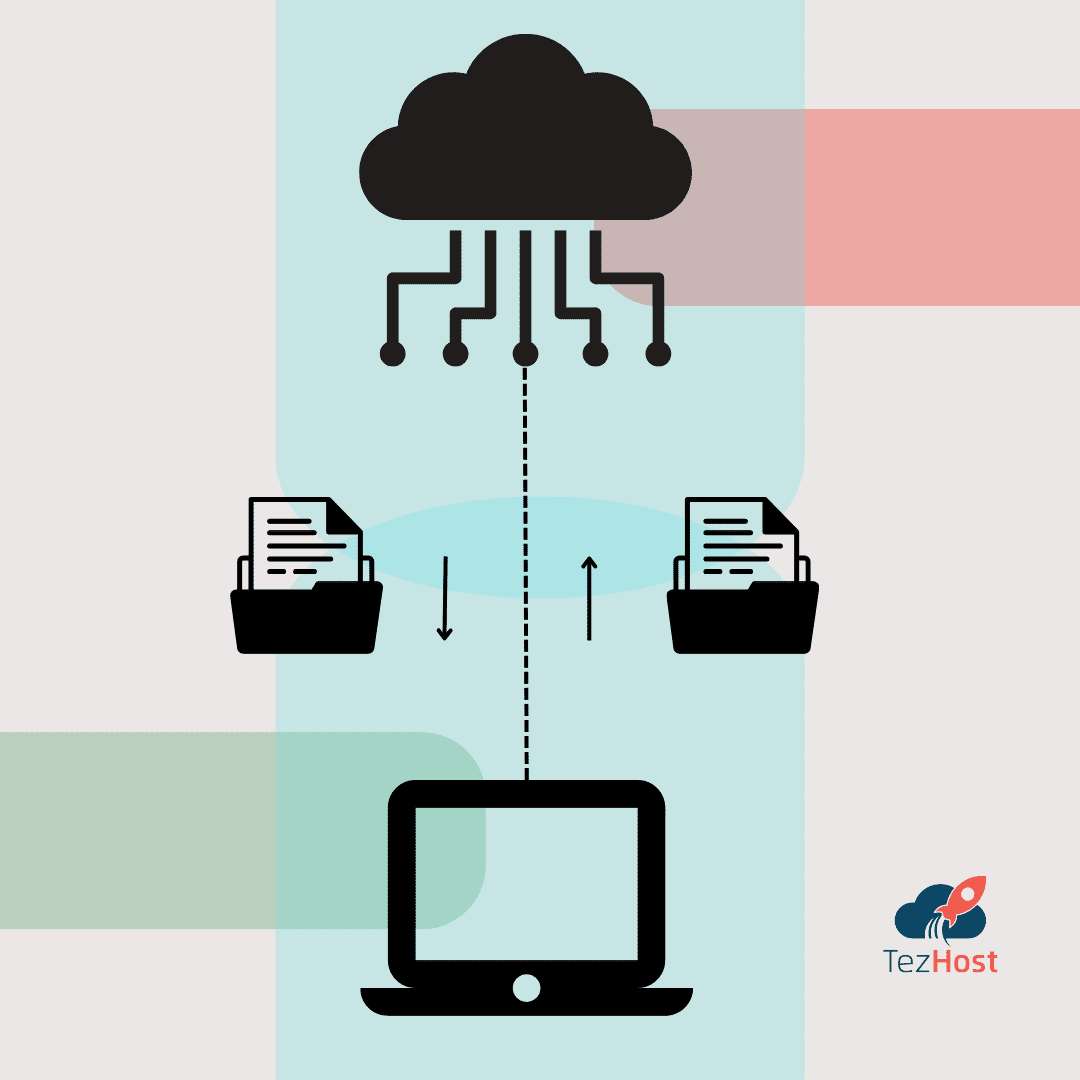Cloud Based Server Hosting
Cloud 1
12
/MO
144
/YR
- ✓Processor: 2
- ✓Data Migration: Free
- ✓CPU: VCPU
- ✓Disk: SSD
- ✓RAM: 2GB
- ✓Storage: 40GB
- ✓Bandwidth/m: 20TB/m
- ✓Root Access: Included
- ✓Data Migration: Free
- ✓Extra Storage: Optional avail
- ✓Dedicated IP: Included
- ✓Backups: Optional
- ✓Linux OS: Supported
- ✓Windows OS: Supported
- ✓Reload OS: Supported
Cloud 2
17
/MO
204
/YR
- ✓Processor: 2
- ✓Data Migration: Free
- ✓CPU: VCPU
- ✓Disk: SSD
- ✓RAM: 4GB
- ✓Storage: 40GB
- ✓Bandwidth/m: 20TB/m
- ✓Root Access: Included
- ✓Data Migration: Free
- ✓Extra Storage: Optional avail
- ✓Dedicated IP: Included
- ✓Backups: Optional
- ✓Linux OS: Supported
- ✓Windows OS: Supported
- ✓Reload OS: Supported
Cloud 3
22
/MO
264
/YR
- ✓Processor: 3
- ✓Data Migration: Free
- ✓CPU: VCPU
- ✓Disk: SSD
- ✓RAM: 4GB
- ✓Storage: 80GB
- ✓Bandwidth/m: 20TB/m
- ✓Root Access: Included
- ✓Data Migration: Free
- ✓Extra Storage: Optional avail
- ✓Dedicated IP: Included
- ✓Backups: Optional
- ✓Linux OS: Supported
- ✓Windows OS: Supported
- ✓Reload OS: Supported
Cloud 4
30
/MO
360
/YR
- ✓Processor: 4
- ✓Data Migration: Free
- ✓CPU: VCPU
- ✓Disk: SSD
- ✓RAM: 8GB
- ✓Storage: 80GB
- ✓Bandwidth/m: 20TB/m
- ✓Root Access: Included
- ✓Data Migration: Free
- ✓Extra Storage: Optional avail
- ✓Dedicated IP: Included
- ✓Backups: Optional
- ✓Linux OS: Supported
- ✓Windows OS: Supported
- ✓Reload OS: Supported
Cloud 5
40
/MO
480
/YR
- ✓Data Migration: Free
- ✓Processor: 4
- ✓RAM: 8 GB
- ✓Disk: SSD
- ✓CPU: VCPU
- ✓Storage: 160GB
- ✓Bandwidth/m: 20TB/m
- ✓Root Access: Included
- ✓Data Migration: Free
- ✓Extra Storage: Optional avail
- ✓Dedicated IP: Included
- ✓Backups: Optional
- ✓Linux OS: Supported
- ✓Windows OS: Supported
- ✓Reload OS: Supported
Cloud 6
70
/MO
840
/YR
- ✓Processor: 8
- ✓Data Migration: Free
- ✓Disk: SSD
- ✓CPU: VCPU
- ✓RAM: 16GB
- ✓Storage: 160GB
- ✓Bandwidth/m: 20TB/m
- ✓Root Access: Included
- ✓Data Migration: Free
- ✓Extra Storage: Optional avail
- ✓Dedicated IP: Included
- ✓Backups: Optional
- ✓Linux OS: Supported
- ✓Windows OS: Supported
- ✓Reload OS: Supported
Cloud 7
80
/MO
960
/YR
- ✓Processor: 8
- ✓Data Migration: Free
- ✓RAM: 16 GB
- ✓Disk: SSD
- ✓CPU: VCPU
- ✓Storage: 240GB
- ✓Bandwidth/m: 20TB/m
- ✓Root Access: Included
- ✓Data Migration: Free
- ✓Extra Storage: Optional avail
- ✓Dedicated IP: Included
- ✓Backups: Optional
- ✓Linux OS: Supported
- ✓Windows OS: Supported
- ✓Reload OS: Supported
Cloud 8
130
/MO
1560
/YR
- ✓Processor: 16
- ✓RAM: 32GB
- ✓Disk: SSD
- ✓CPU: VCPU
- ✓Storage: 320GB
- ✓Bandwidth/m: 20TB/m
- ✓Root Access: Included
- ✓Data Migration: Free
- ✓Extra Storage: Optional avail
- ✓Dedicated IP: Included
- ✓Backups: Optional
- ✓Linux OS: Supported
- ✓Windows OS: Supported
- ✓Reload OS: Supported
Cloud 9
200
/MO
2400
/YR
- ✓Processor: 16
- ✓Data Migration: Free
- ✓Disk: SSD
- ✓CPU: VCPU
- ✓RAM: 32 GB
- ✓Storage: 360GB
- ✓Bandwidth/m: 20TB/m
- ✓Root Access: Included
- ✓Data Migration: Free
- ✓Extra Storage: Optional avail
- ✓Dedicated IP: Included
- ✓Backups: Optional
- ✓Linux OS: Supported
- ✓Windows OS: Supported
- ✓Reload OS: Supported

We provide a 14-day money-back guarantee on all shared hosting plans in case you change your mind.
Cloud Server hosting differs from Shared hosting in that it provides dedicated resources and greater scalability. Your website or application runs on a virtual server that draws resources from a network of physical servers, whereas Shared hosting involves multiple websites sharing resources on a single server.
The benefits of using Cloud web Hosting include improved performance, scalability, and reliability. Cloud hosting allows you to easily scale your resources as your website or application grows. It ensures optimal performance even during traffic spikes. It also offers high availability and redundancy, as your data is distributed across multiple servers.
Yes, you can customize the resources (CPU, RAM, storage) of your Cloud Server by upgrading to another cloud server package that offers the desired resource allocation. TezHost provides flexibility in choosing the appropriate package that meets your specific resource requirements.
Yes, you can scale up or down your Cloud Server resources. It is based on your needs by upgrading or downgrading to a different cloud server package. TezHost offers various Web hosting packages with different resource allocations that allows you to adjust your server resources as required.
Yes, TezHost provides a user-friendly control panel or management interface for Cloud Server hosting. The control panel allows you to easily manage and configure your cloud server. It helps you access server statistics, monitor resource usage, and perform various administrative tasks.
Yes, you can easily migrate your existing website or application to a Cloud Server. TezHost offers migration assistance and support to help you seamlessly transfer your website or application to the Cloud Server infrastructure.
No, TezHost does not provide the option to choose the geographical location for your Cloud Server. However, it ensures that you are assigned the best possible server in a suitable location for optimal performance and network connectivity.
TezHost provides a 99.9% uptime guarantee for Cloud Servers. This ensures that your website or application hosted on their Cloud Server infrastructure will be highly available and accessible to users most of the time.
Yes, TezHost offers 24/7 technical support for Cloud Servers. The support team is available round the clock to assist you with any technical issues or inquiries related to your Cloud Server hosting. We provide 24/7 support on our Dedicated server and VPS Web hosting too.







